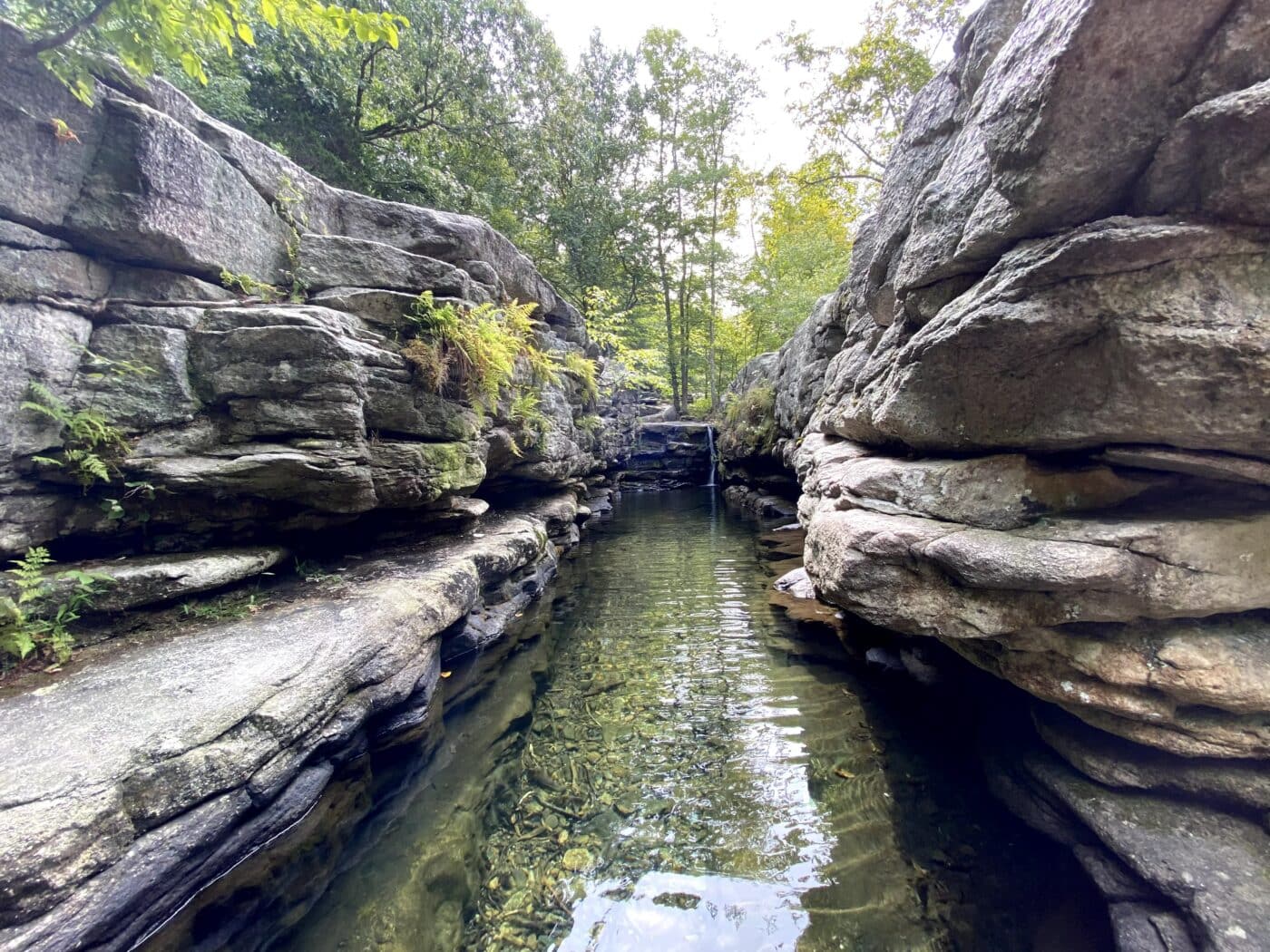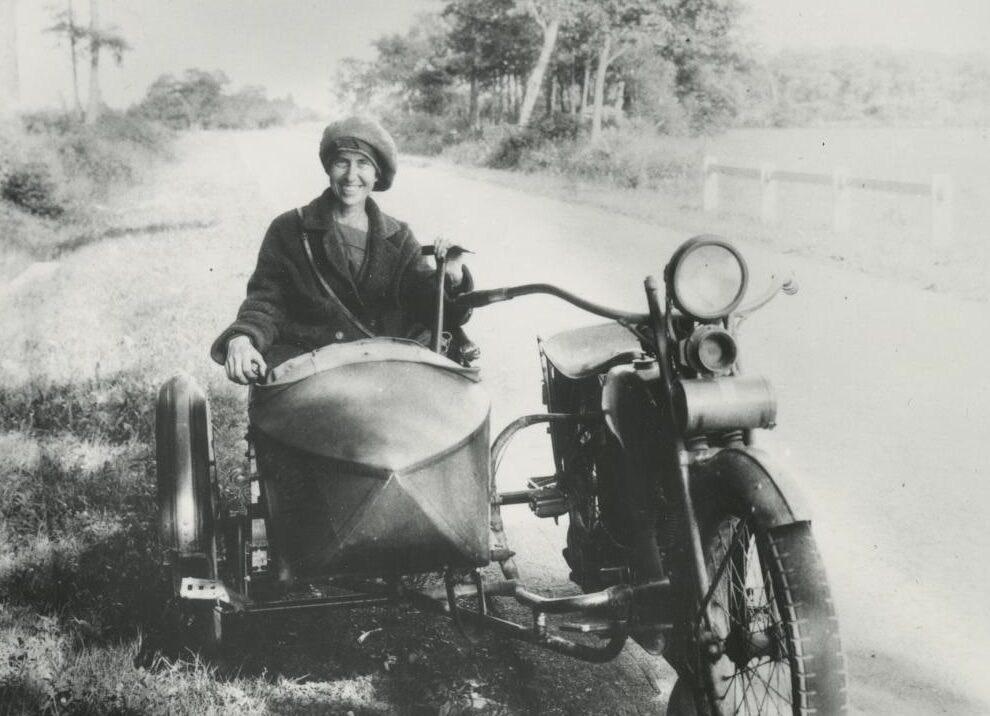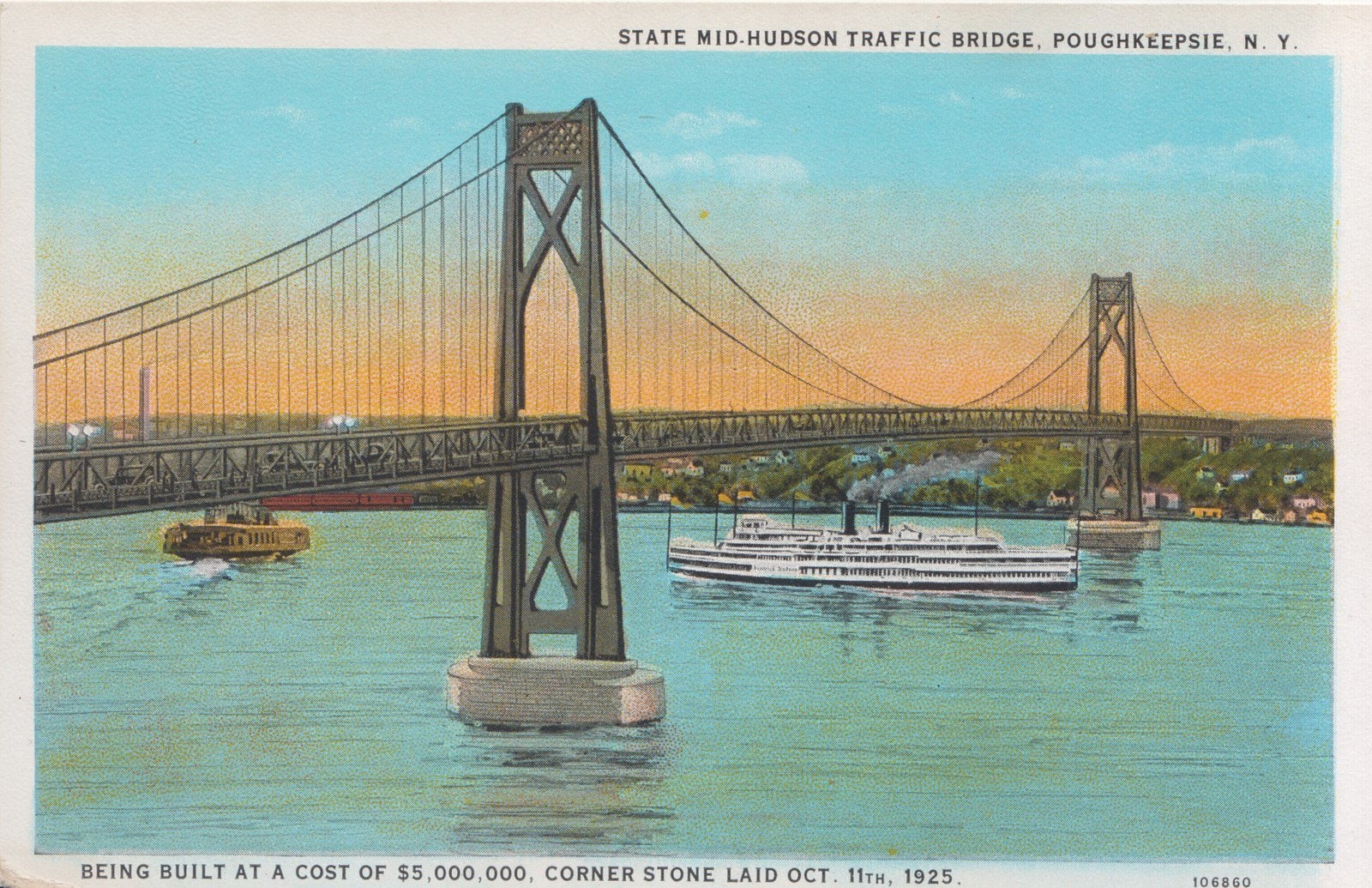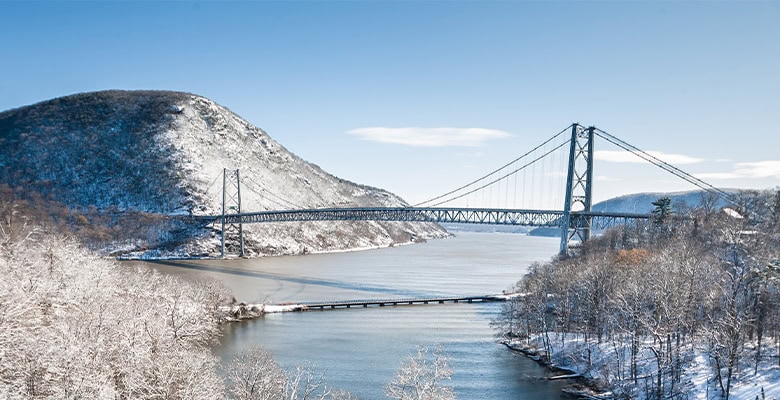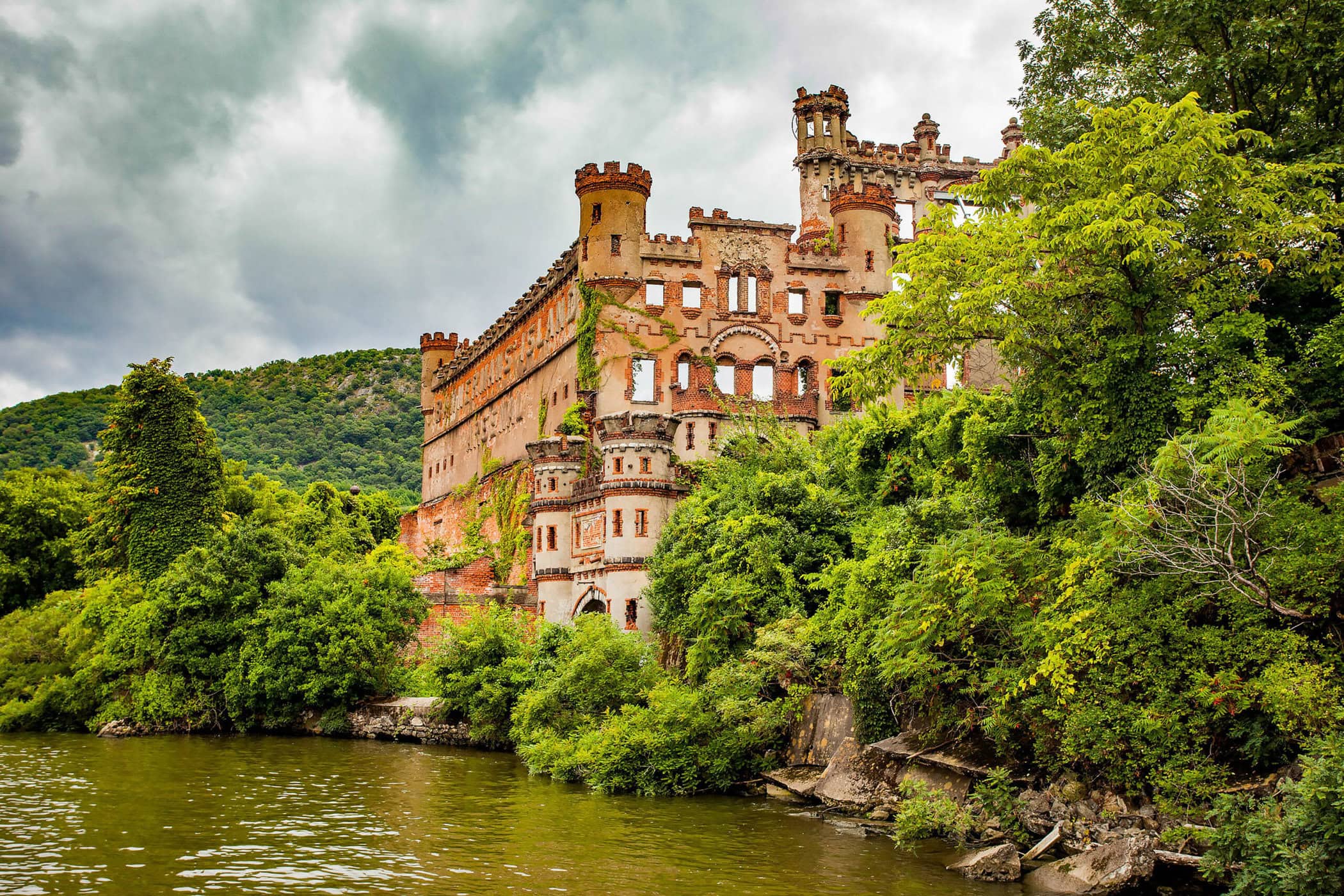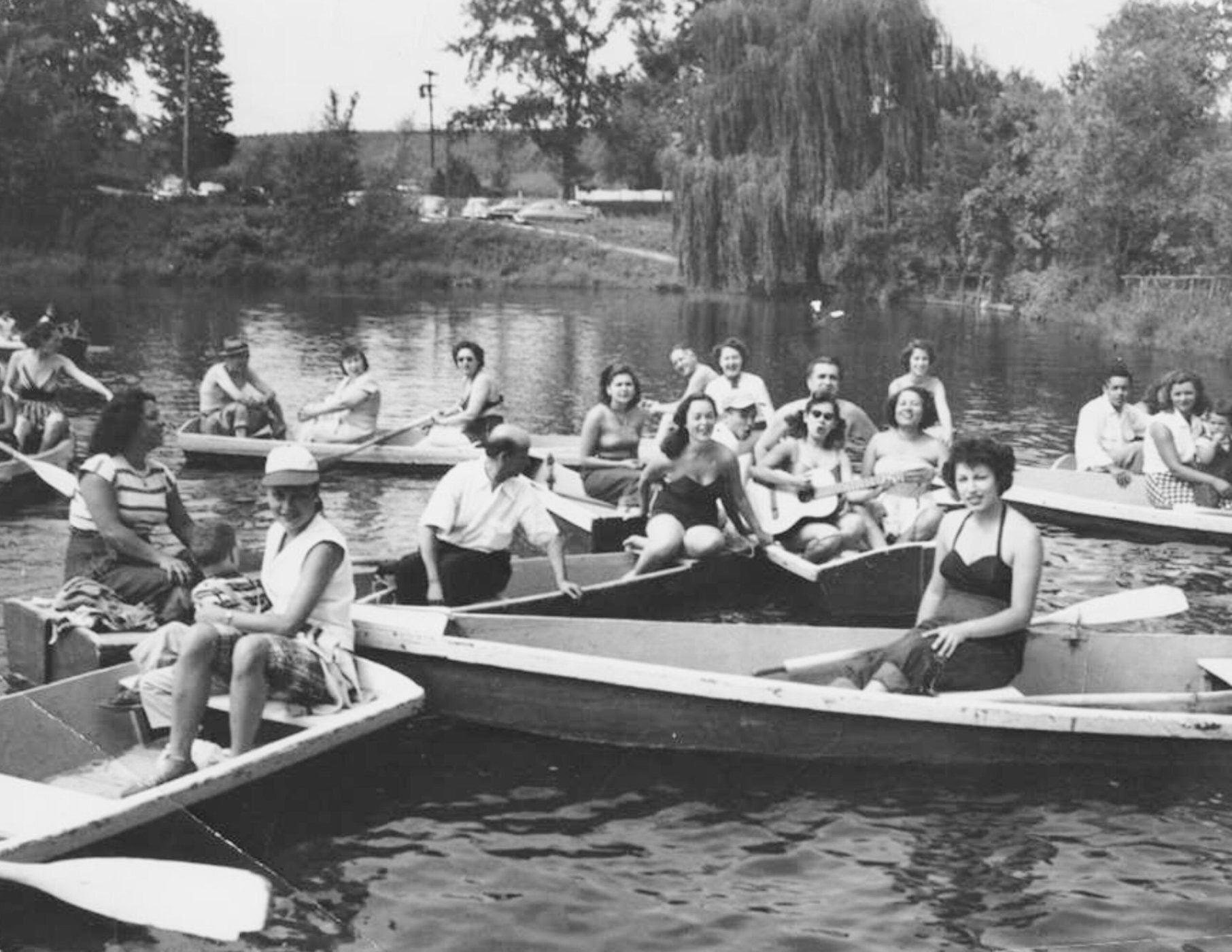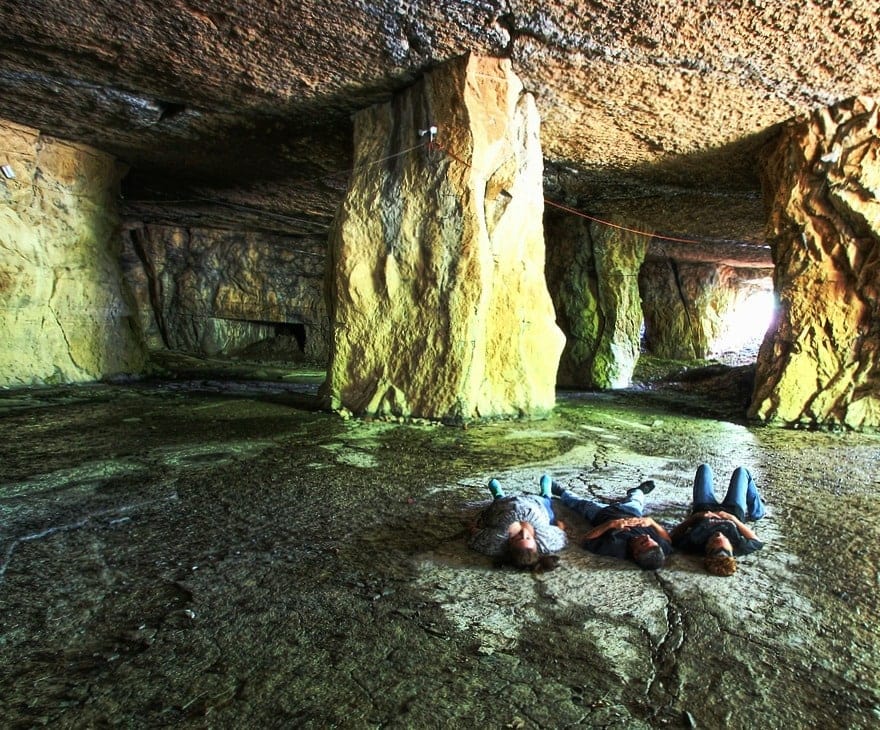Not long after the last glacier receded from the Hudson Valley 10,000 years ago, the region’s wildlife-filled forests, rich soils, and fish-filled waterways began attracting people. By the time of first European contact, members of Algonquin-speaking tribes — Munsee and Lenape peoples to the south and mid-valley, Mohican peoples to the north — numbered about 10,000.
The valley’s first inhabitants lived lightly on the land, practicing the agricultural and forestry practices now being appreciated even more for their sustainability. They left behind traces of occupation, as well as lasting place names (like Ossining, Poughkeepsie, Kerhonkson, Coxsackie). While many sites related to local Indigenous history remain off-limits to protect sensitive artifacts, a number of compelling chances exist to connect with this rich past. In honor of Indigenous Peoples’ Day, take a field trip to explore them.
Climb an ancient “ladder”
Where: Thacher State Park, Voorheesvile (Albany County)
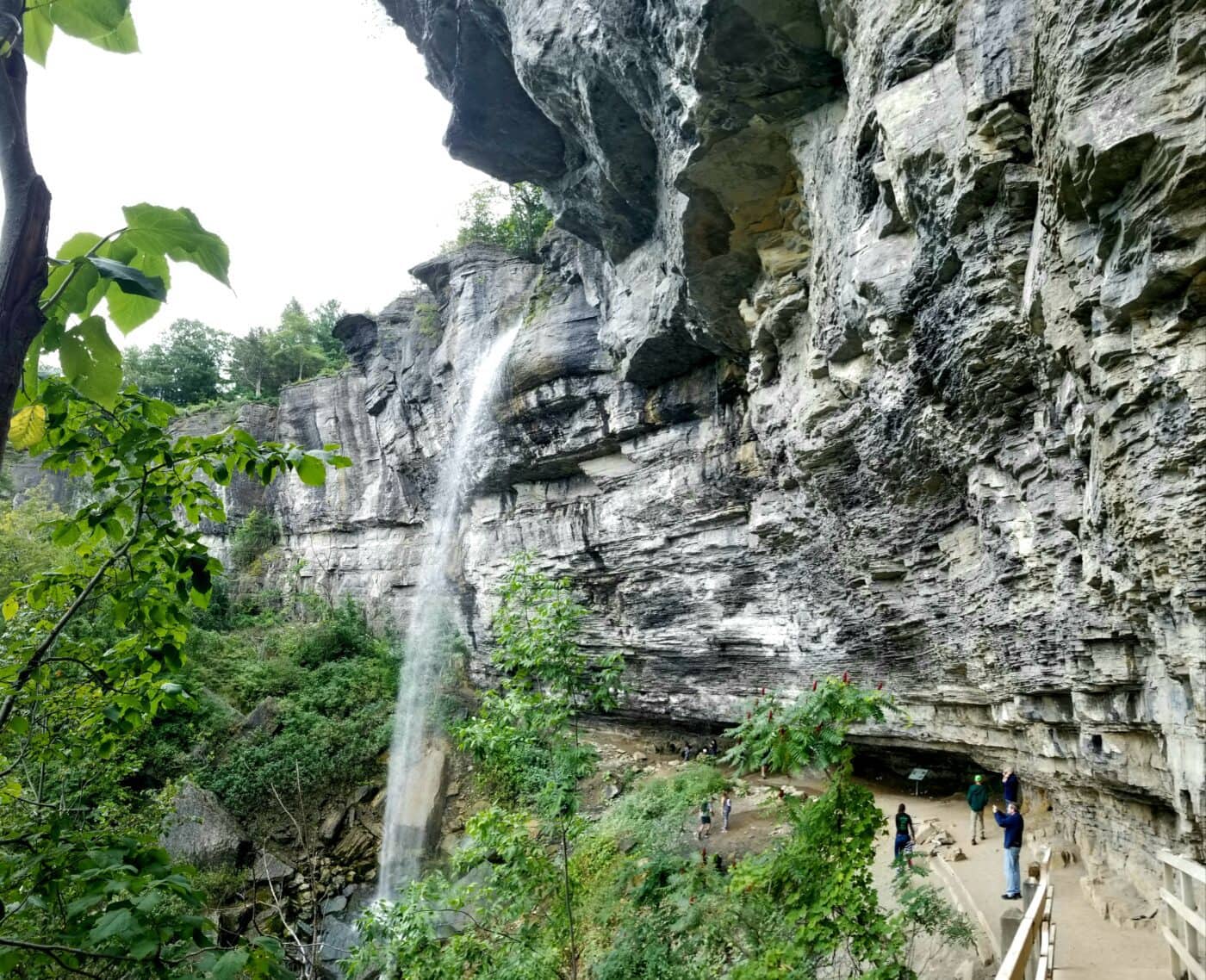
The Helderberg escarpment west of Albany presented a challenge for Mohawk peoples (members of the Iroquois Confederacy) venturing from the Schoharie Valley to the Hudson River. To ascend the steep cliff, accounts from early European settlers indicate that Indigenous travelers placed trees against the limestone wall and trimmed the branches to act as rungs. Today, a sturdier staircase on the Indian Ladder Trail — one of the most thrilling hikes in the Hudson Valley — replicates the route of the climb. While hiking, look for fossils dating back 300 million years.
Explore Indigenous foodways
Where: Croton Point Park, Croton-on-Hudson (Westchester County)
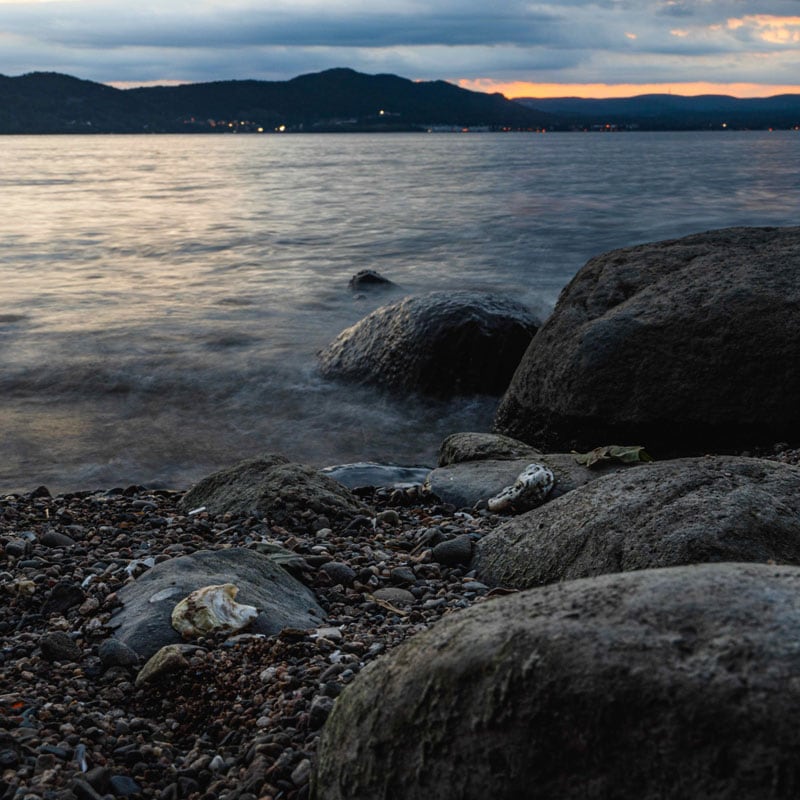
For much of the 20th century, Croton Point was the site of Westchester County’s landfill. Centuries earlier, this peninsula served an identical function for the Kitchawank peoples, members of the Wappinger Confederacy. Near the river, the ground is littered with oyster shells, refuse from meals dating back 7,000 years or more. Known as a shell midden (a specialized rubbish heap), archaeologists deem this the largest on the North Atlantic coast, indicating a sizable Indigenous presence over a long period of time.
Discover secluded dwellings
Where: Monsey Glen County Park, Monsey (Rockland County)
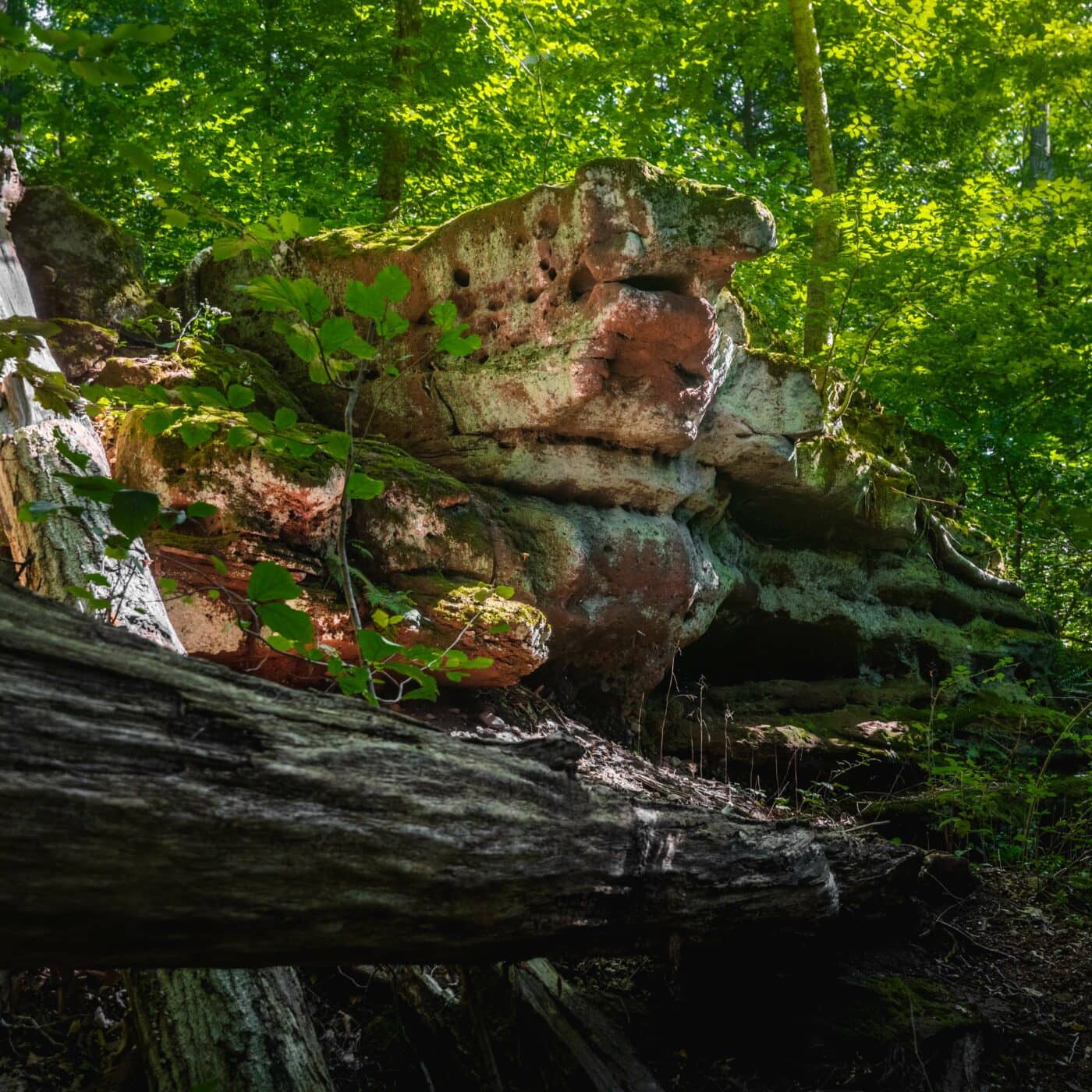
No place better illustrates the stark contrast between past and present. Shoehorned between suburban development and within earshot of the NYS Thruway, the Monsey Glen County Park features a mini-canyon whose steep walls contain shallow caves carved out of the sandstone by the erosive action of a small stream (sadly, filled with litter). Here, archaeologists have uncovered tools and other artifacts from two eras of occupation by Algonquin peoples, one dating back 3,000 years. Visit the Trailside Museums at Bear Mountain State Park to see some.
Walk a historic trail
Where: Mohonk Preserve, Gardiner (Ulster County)
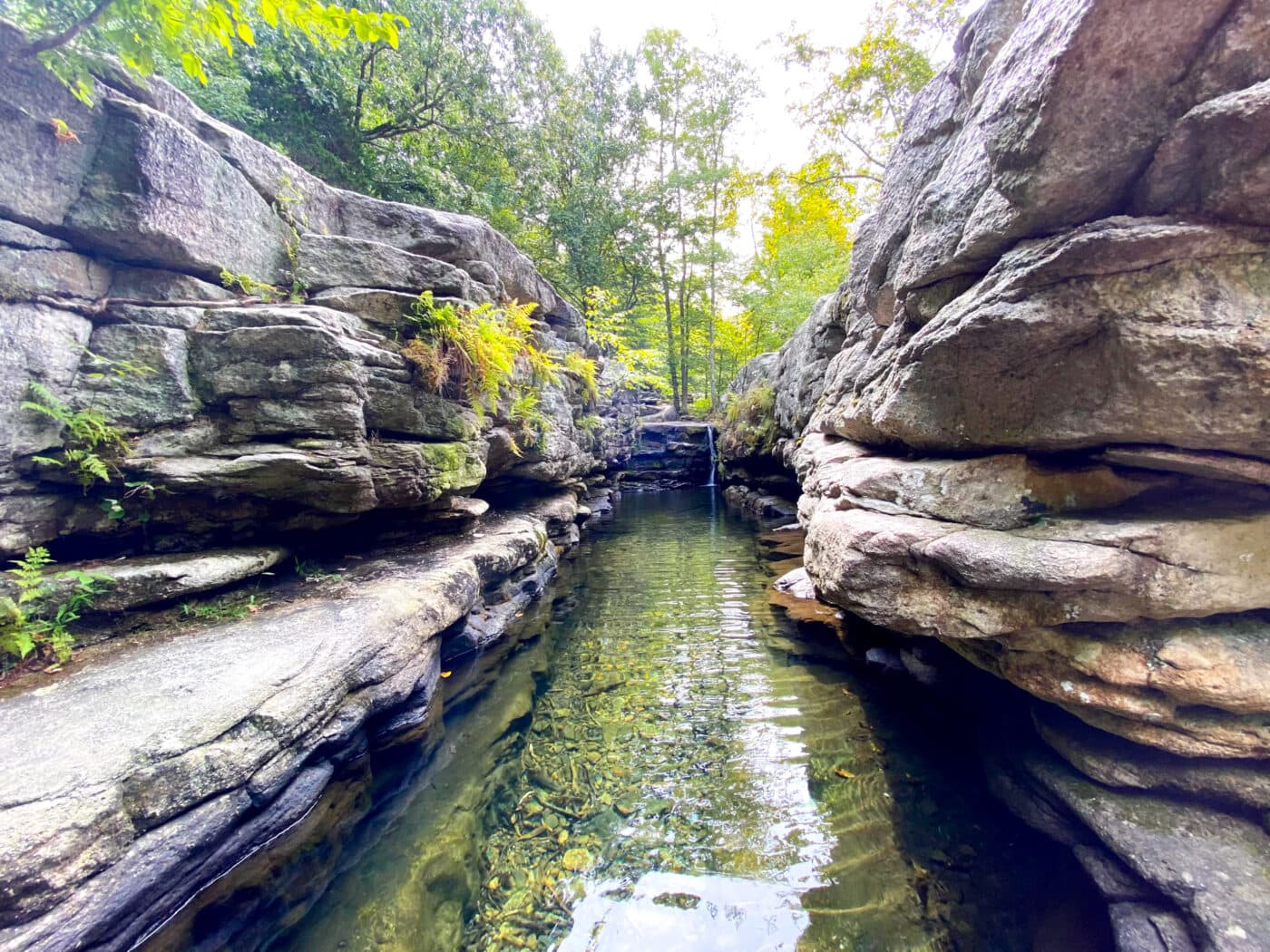
Centuries before the Shawangunks became a mecca for rock climbers, the Lenape peoples frequently crossed the stony ridge on their way to and from the Hudson River. (“Shawangunk” comes from a Lenape phrase believed to mean “in the smoky air,” but no one knows for certain to what it refers.) The 0.8-mile Shongum Path preserves a documented portion of the ancient route, running along a small stream through idyllic woodland scenery. The red-blazed trail begins near the West Trapps parking area on Routes 44/55 and ends close to the Instagram-worthy Split Rock.
View unique artwork
Where: Ward Pound Ridge Reservation, Pound Ridge (Westchester County)
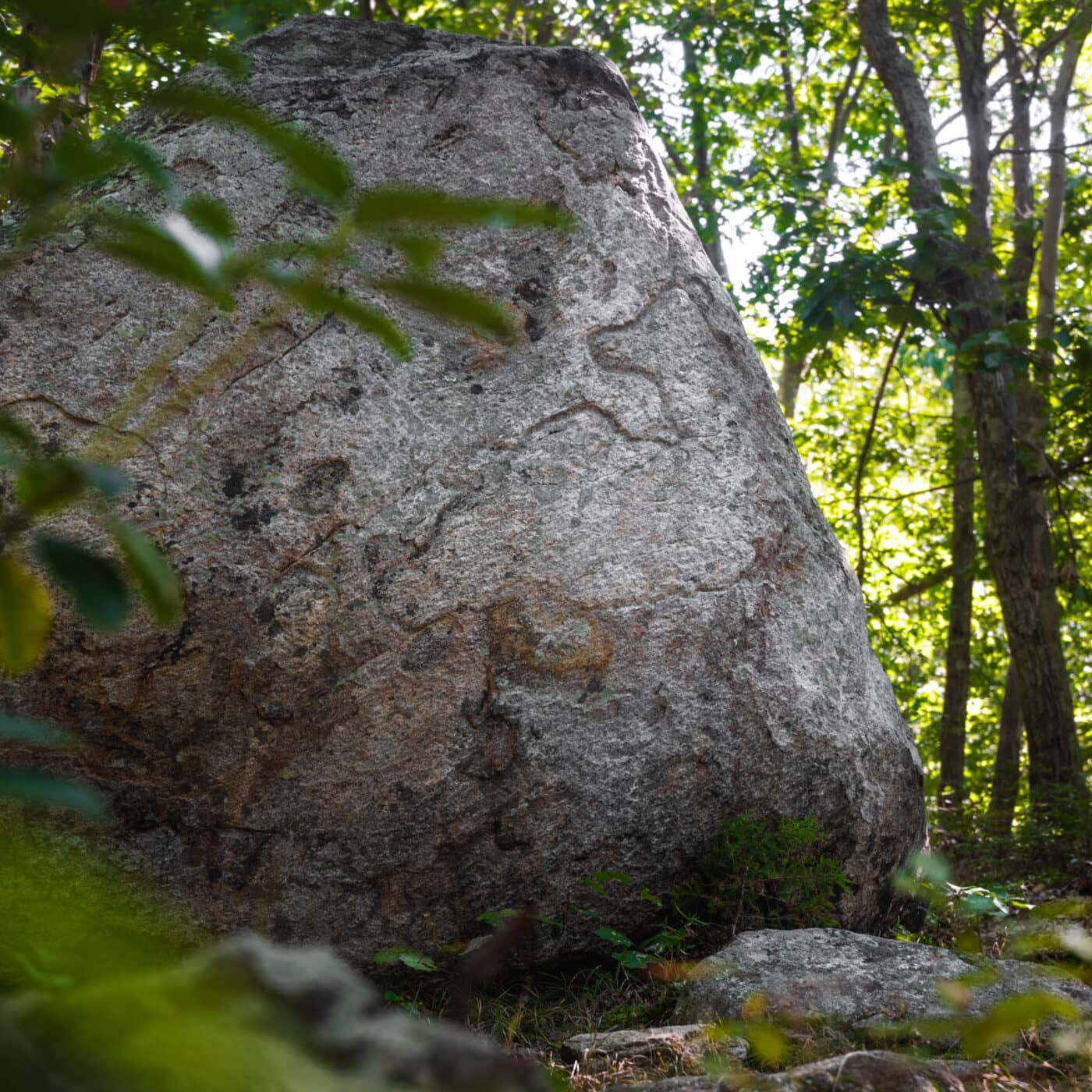
The Rocks Trail at this 4,300-acre park offers one of the great hikes in the lower Hudson Valley, full of scenic beauty and history. Arguably, the “star” of the trek is the bear petroglyph, a depiction of a black bear, its head looking over its shoulder, incised in a boulder. Indigenous peoples in the Northeast have revered the bear for millennia, making it difficult to date this creation, considered one of the finest examples of Indigenous rock art in the state. Hike the full 8-mile loop to view a rock shelter once inhabited by Lenape peoples.


